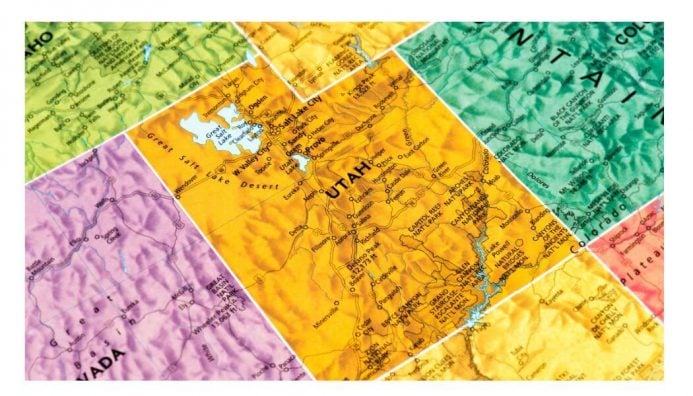Applications for Ohio Farm Bureau Health Plans now available
Members have three ways to apply: contacting a certified agent, calling 833-468-4280 or visiting ohiofarmbureauhealthplans.org.
Read MoreGary and I had the privilege of traveling with fellow Trumbull County Farm Bureau members last month to the American Farm Bureau Annual Convention in Salt Lake City. Farm Bureau members from all over the U.S. gathered to do the business of this national organization.
Having never been to Utah, nor knowing much about the state, our visit made a great first impression. First off, it was warmer than it was here in Ohio, a big plus in January. The mountains surrounding the city were snow-covered making them look even more beautiful!
The trip left me wondering about the specifics of Utah agriculture. What crops do they grow? Do they raise a lot of livestock?
What I found was diverse agricultural production that contributes about $1.8 billion to Utah’s economy every year.
The best farmland is an area called The Wasatch Front, which extends 105 miles, running north and south, from Brigham City to Provo. This also happens to be where 75% of the population lives. Utah has lost about 100,000 acres of farmland over the last decade, but the average farm size has remained about 600 acres.
The statistics I found were pretty detailed. They show 62.1% of the 17,900 farms are between 1 and 49 acres. Farms with 50 to 179 acres make up 17.2%. Farms with 180 to 499 acres make up 9.6%. And the biggest farms that are 500 or more acres make up 11%.
So, what crops do they grow? Utah has six primary crops that contribute to its economy.
Utah is the 5th highest producing state in the US of safflower, a plant in the sunflower family grown for its oil and culinary and medicinal uses.
Barley’s $3.6 million contribution brings Utah in as the 12th highest-producing state. Utah is also the fifth highest state in cherry production behind Washington, California, Oregon and Michigan. Corn and wheat are also grown and contribute $20.4 million and $32 million annually.
The biggest crop for Utah is hay and haylage at an annual production valued at $488.9 million. The USDA ranks Utah the 19th highest-producing state for all hay, but their alfalfa production ranks 11th in the U.S. All of this hay comes in handy because farmers in Utah raise a lot of sheep! Texas is the leading state in the U.S., but Utah is No. 5.
Utah farmers also raise pigs, beef and dairy cows, and chickens.
They might not be the leading states for these areas of production agriculture, but when you look at the numbers raised on their 10.9 million acres, it is still a lot of animals. Utah farmers also produce the second-most mink behind Wisconsin.
I know I have flooded you with statistics, but this really fascinates me. There is so much more to Utah and its agriculture, I have only scratched the surface. We need to take the time to learn how the 2% raise the food and fiber for the 98% in this country. It makes me appreciate all of agriculture, not just what is close to home.
Submitted by Mary Smallsreed, a member of the Trumbull County Farm Bureau and grew up on a family dairy farm in northeast Ohio.
OFBF Mission: Working together for Ohio farmers to advance agriculture and strengthen our communities.
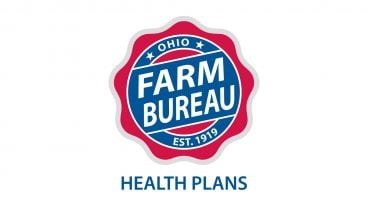
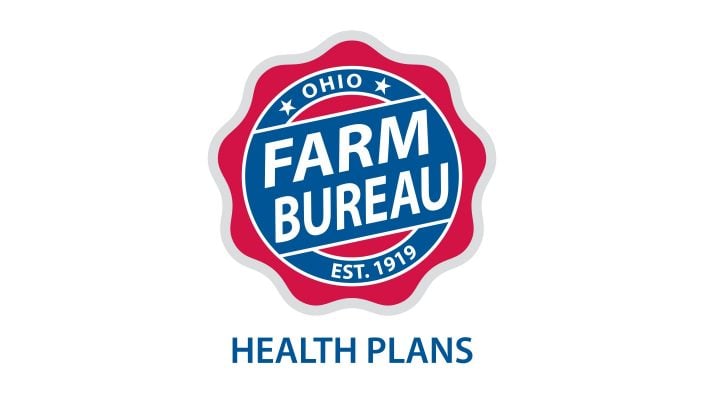
Members have three ways to apply: contacting a certified agent, calling 833-468-4280 or visiting ohiofarmbureauhealthplans.org.
Read More

Bill Patterson, Cy Prettyman and Adele Flynn will continue to serve as officers for Ohio Farm Bureau Federation.
Read More

Delegates discussed many topics impacting agriculture including farmland preservation, local foods, and succession planning.
Read More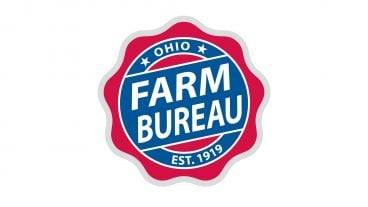
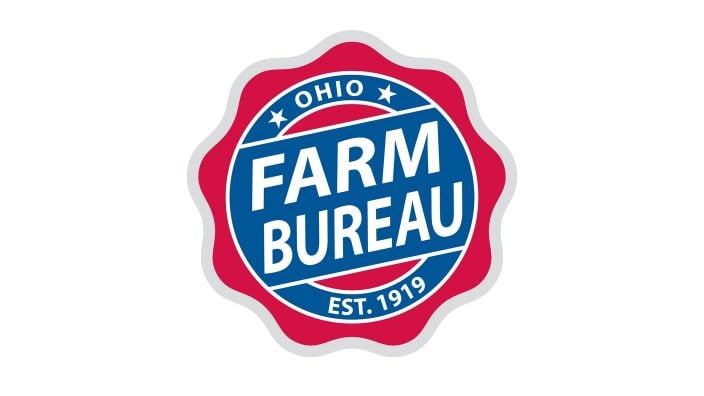
Twenty-six farmers govern the state’s largest farm and food organization.
Read More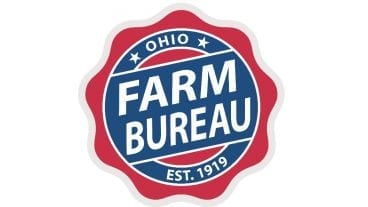
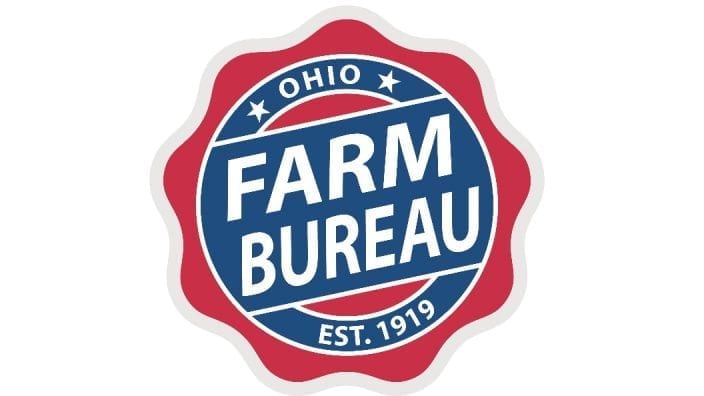
The 2025 recipients are Fred Cooke (posthumous) of Richland County, Marvin Dietsch of Williams County, Steven Knollman of Hamilton County and Michele Miller (posthumous) of Ottawa County.
Read More

Nathan and Jill Parriman grow seasonal crops, including Christmas trees, pumpkins and cut flowers, providing U-cut experiences that invite customers to engage directly with agriculture.
Read More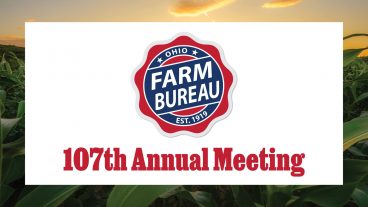
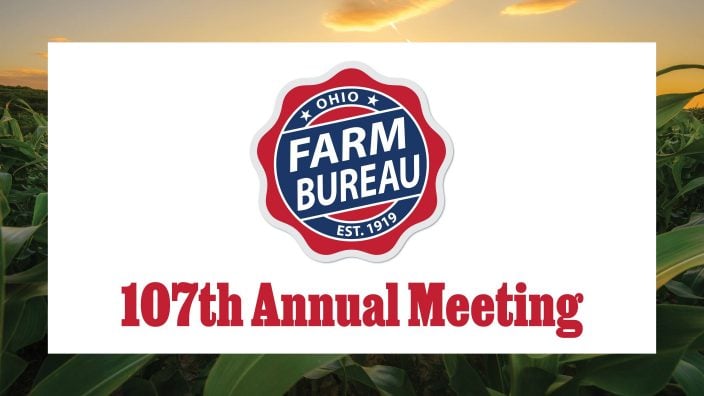
The 2025 Distinguished Service Award recipients are Craig Adams, Mike Townsley, and Kellogg Farms, Kurt Farms and Stateler Family Farms.
Read More

Ohio Farm Bureau Treasurer Adele Flynn participated in the meeting, representing Ohio farmers.
Read More

For Ohio and PJM region, the outlook is reassuring—ample reserves and strong planning should keep the power on.
Read More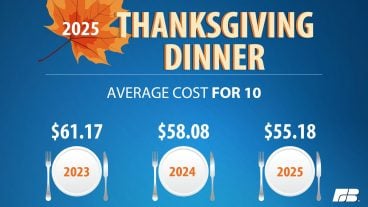
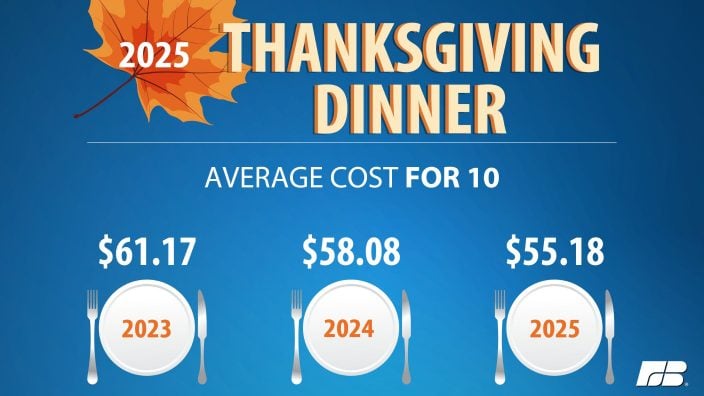
The average price for a classic holiday feast for 10 in Ohio will cost $55.87.
Read More